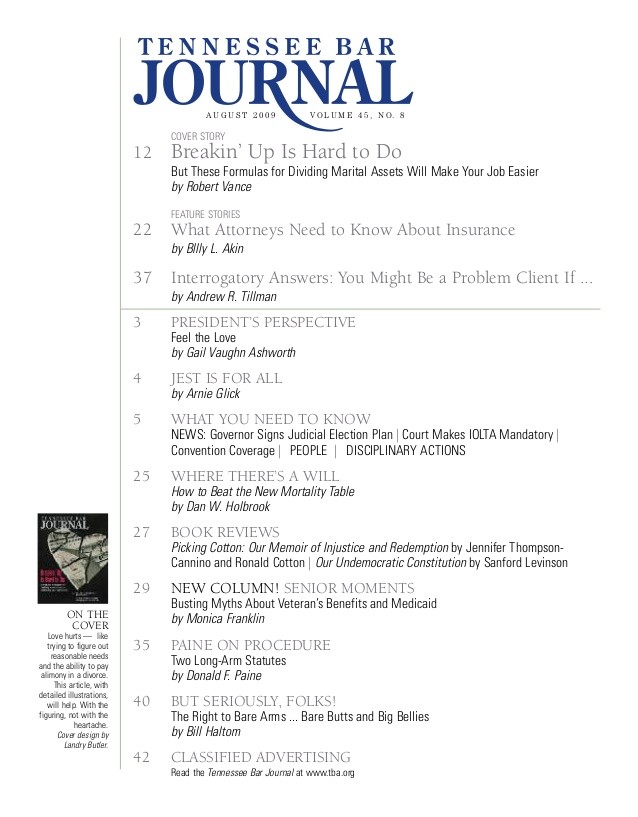Dividing unvested pensions and stock options in a divorce
Post on: 1 Август, 2015 No Comment

By Maury D. Beaulier, Esquire
Often Parties are faced with difficult issues related to the division of property. One of the more vexing property settlement issues is dividing marital assets that have not yet vested.
Since the property rights have not vested and are not owned, do they have a value?
Minnesota’s Appellate Courts have wrestled with this issue frequently in the past. As a result, there is no longer any doubt that even unvested property rights, whether stock options or pensions, are considered marital and may be divided as part of a divorce proceeding.
In the 1987 case of Salstrom v. Salstrom, Minnesota courts specifically addressed the issue of unvested stock options. In that case, the Court noted that stock options exercisable after the date of the divorce are similar to vested pension plans and concluded that these options are an economic resource acquired during the marriage constituting a marital asset. It is also recognized that unvested stock options have both marital and nonmarital aspects which must be apportioned. There is a marital value to the options since the options were granted during the marriage. There is also a non-marital element since they are likely to vest after the marriage has been dissolved and are earned, in part, through the continued labor of the employee spouse after the divorce.
To determine the relative marital value and non-marital values of stock options, Minnesota Courts have looked to the same methods that are used for valuing unvested pension interests. The Minnesota Supreme Court outlined a method of division for vested but unmatured benefits in the case Taylor v. Taylor, 329 N.W.2d 795 (Minn.1983). In that case, the Court stated that nonvested pensions need not be treated any differently than vested but unmatured pension rights or benefits: both contain contingencies on the actual payment of pension benefits.

Looking at cases across the nation, there are two possible methods for dividing unvested assets, including stock options. Under one method, the divorce Court retains jurisdiction to apportion the unvested benefit at some point in the future only if and when that benefit is paid. This is the approach suggested in the California case In re Brown, 15 Cal.3d 838, 126 Cal.Rptr. 633; 544 P.2d 561 (1976), and echoed in similar decisions in other states such as In re Marriage of Hunt, 397 N.E.2d 511, 519 (1979), an Illinois decision.
A second, and more preferable method, is to divide the unvested benefit based on a percentage formula. This is particularly appropriate where it is difficult to place a present value on the pension or profit sharing interest due to uncertainties regarding vesting or maturation. Under this method the trial court in its discretion may award each spouse an appropriate percentage of the pension to be paid if, as and when the pension becomes payable. The formula used to determine the respective non-martial and marital interest in the benefit by taking the total number of years over which the benefit is earned and using that number as the denominator. The numerator is the number of years over which the benefit accumulated during the marriage.
Even in this second method of division, the trial court, retains jurisdiction over the division of unvested benefits.
ABOUT THE AUTHOR Over the past twelve years, Maury D. Beaulier has developed a large and active family law practice which includes mediation and collaborative law. Mr. Beaulier has been described by his clients as skilled, aggressive and dedicated to resolving complex and emotionally charged disputes. Mr. Beaulier is licensed to practice law in the States of Minnesota and Wisconsin as well as the Federal Courts in Minnesota and the Western District of Wisconsin. Mr. Beaulier is also a member of Minnesota’s Collaborative Law Institute helping to develop new procedures in family law case.














